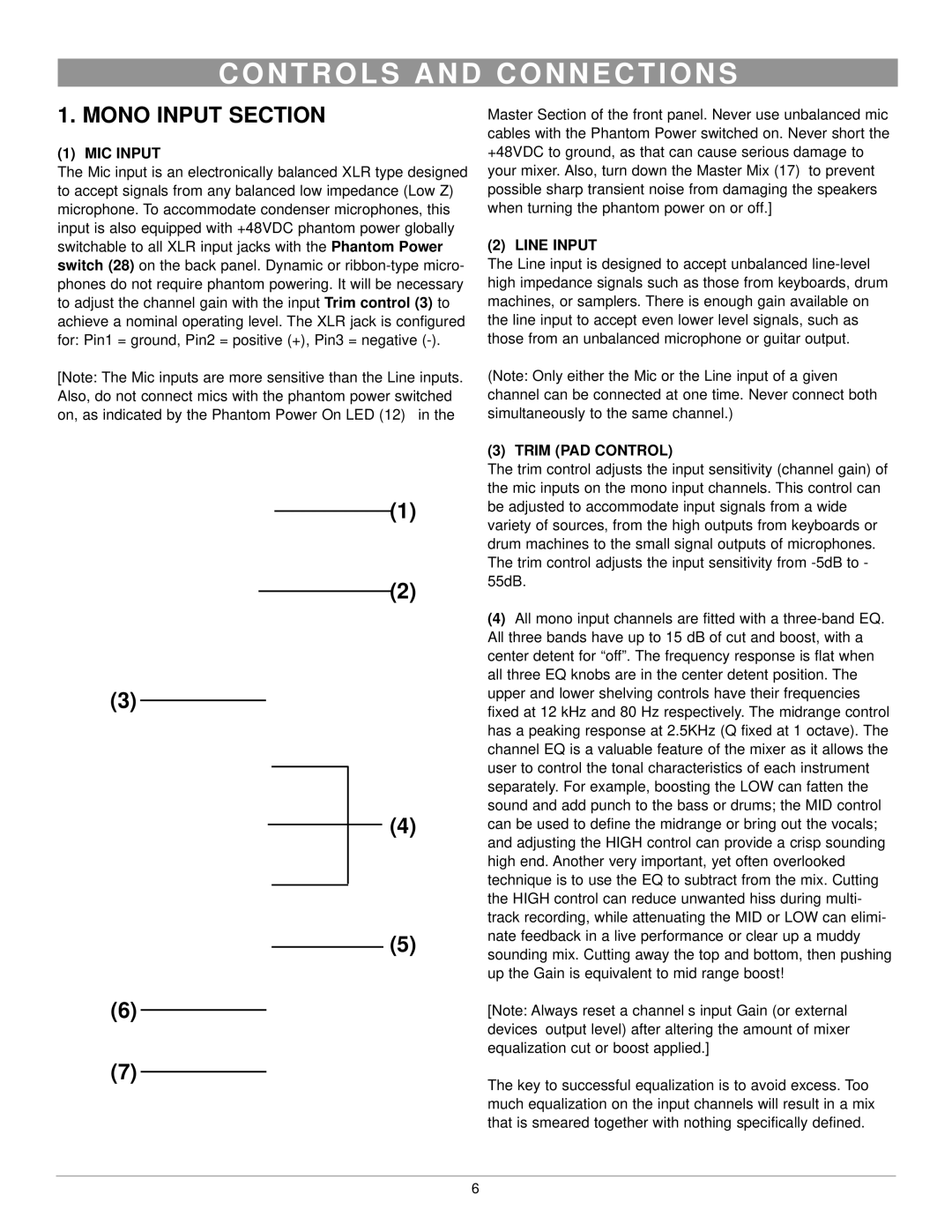SPM-835 specifications
The Nady Systems SPM-835 is a versatile and reliable choice for professionals seeking high-performance wireless microphone technology. Designed for a wide range of applications, including live performances, public speaking, and broadcasting, the SPM-835 offers exceptional audio quality and robust features that cater to the needs of musicians, presenters, and other users.One of the standout features of the SPM-835 is its frequency diversity technology. This innovation minimizes interference and ensures a stable signal, providing users with a clear and uninterrupted audio experience. The system operates in the UHF frequency band, which is known for its ability to cover longer distances while offering better resistance to interference compared to VHF systems. The SPM-835 is equipped with multiple channels, allowing users to select the clearest frequencies, making it suitable for environments with potential signal disruptions.
The microphone itself features a dynamic design that is ideal for vocals. This characteristic not only enhances the richness of the sound but also ensures that it effectively captures the nuances of the speaker's voice. The SPM-835's cardioid pickup pattern further enhances its performance by focusing on the sound source while minimizing background noise. This makes the microphone particularly effective in live settings where ambient sounds can compete with the intended audio.
Another significant advantage of the SPM-835 is its ergonomically designed handheld transmitter. This transmitter is lightweight and easy to handle, making it comfortable to use for extended periods. It also features a battery life indicator, allowing users to keep track of power levels and avoid unexpected downtime during performances.
The system includes a compact receiver that boasts a range of connection options for easy integration with existing sound gear. Users appreciate the simple setup process, with easy-to-read LED displays for monitoring audio levels and signal strength. Additionally, the SPM-835 incorporates a range of advanced wireless technologies, including auto-scan frequency selection, which automatically searches for the clearest available frequency to ensure optimal signal quality.
The Nady Systems SPM-835 is an ideal choice for those looking for a reliable and feature-rich wireless microphone system. Its combination of advanced technology, user-friendly design, and superior audio performance makes it a top pick among audio professionals and enthusiasts alike.

